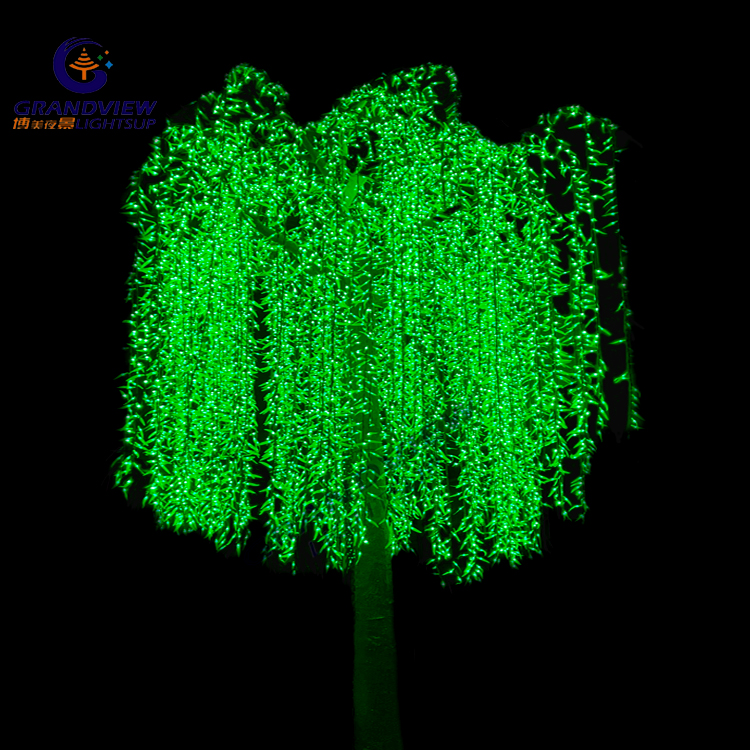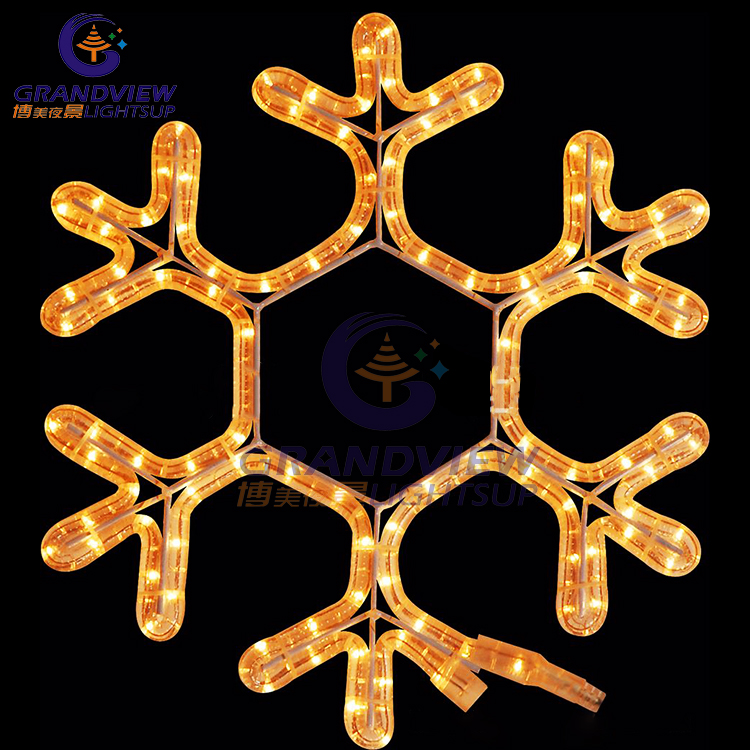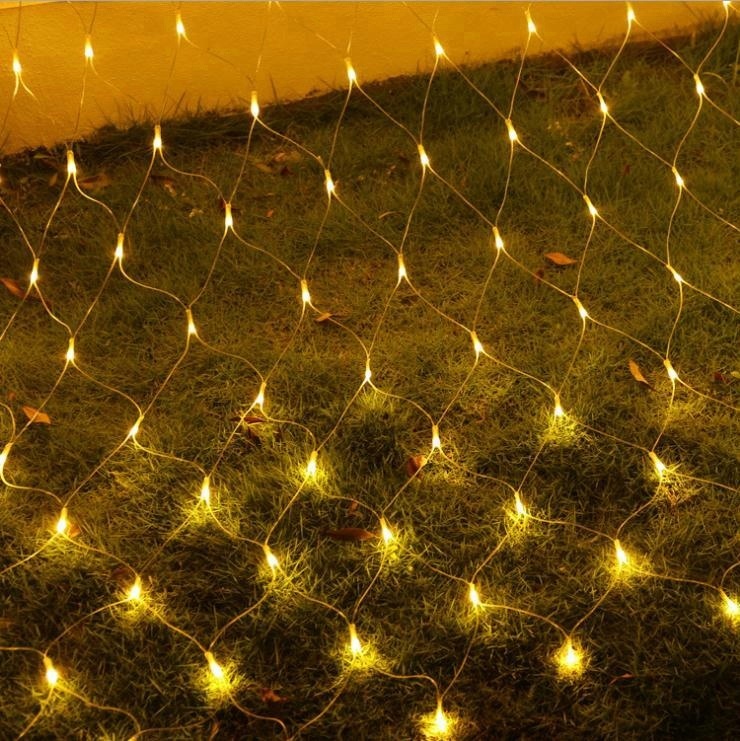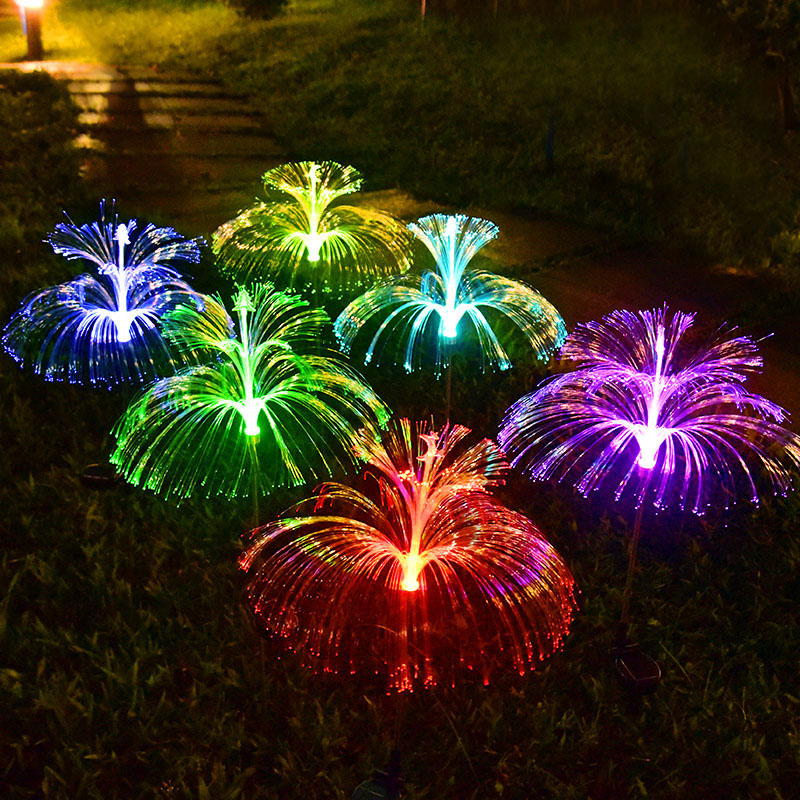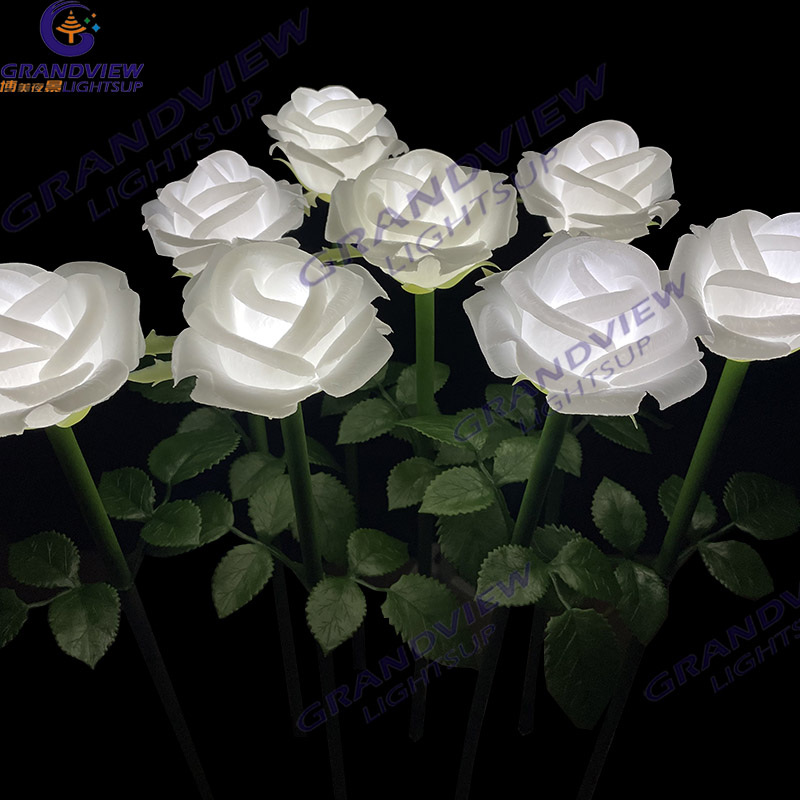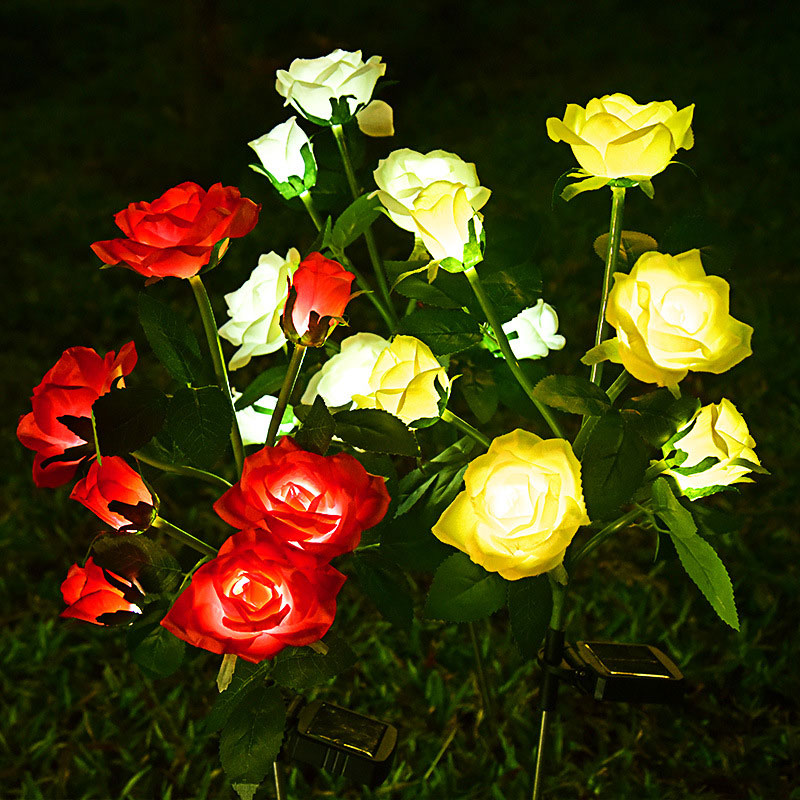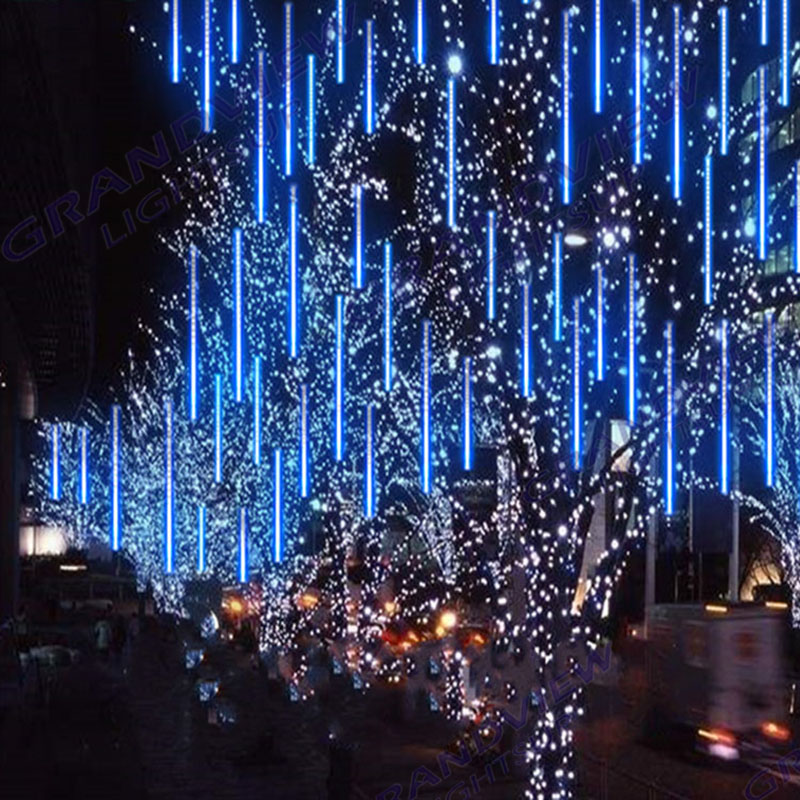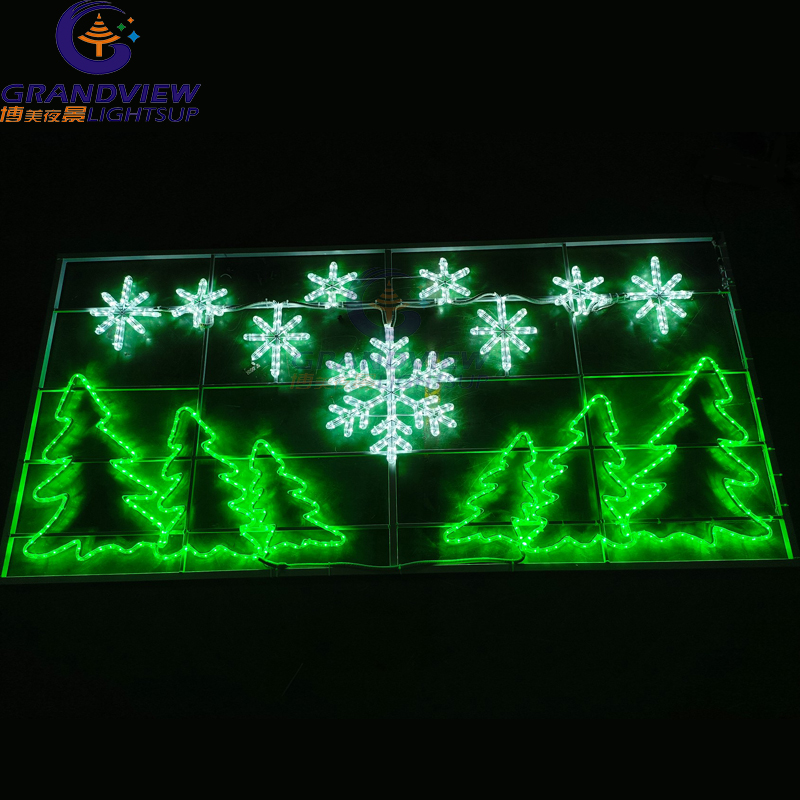When laying out RGB light strip outdoor lighting, you can design it according to the required lighting effects and the characteristics of the site. Here are some common layout methods:
1. Linear layout: Arrange the RGB light strips linearly on the outline of the building or landscape at a certain interval to create a smooth light and shadow effect and enhance the overall beauty.
2. Dotted layout: scatter the RGB light strips around landscape elements such as plants, sculptures or water to highlight key parts, increase visual highlights, and create a unique night view effect.
3. Color block layout: Layout the RGB light strips on buildings or landscape elements in groups of different colors to form colorful patterns or patterns, which can show colorful lighting effects.
4. Gradient layout: By controlling the color and brightness changes of the RGB light strips, the gradient effect of the light can be achieved, which can create a soft atmosphere and increase the warmth of the outdoor space.
5. Pattern layout: Place the RGB light strips on the ground or wall according to the designed patterns or patterns, which can show a unique artistic effect and enhance the decorativeness and ornamental value of the outdoor space.
When laying out RGB strip outdoor lighting, factors such as light brightness, color, angle and control method need to be considered to ensure that the lighting effect meets the design requirements and can effectively illuminate and decorate the outdoor space. At the same time, attention should also be paid to the waterproof and dustproof properties of the lamps to ensure the safety and durability of the outdoor lighting.


